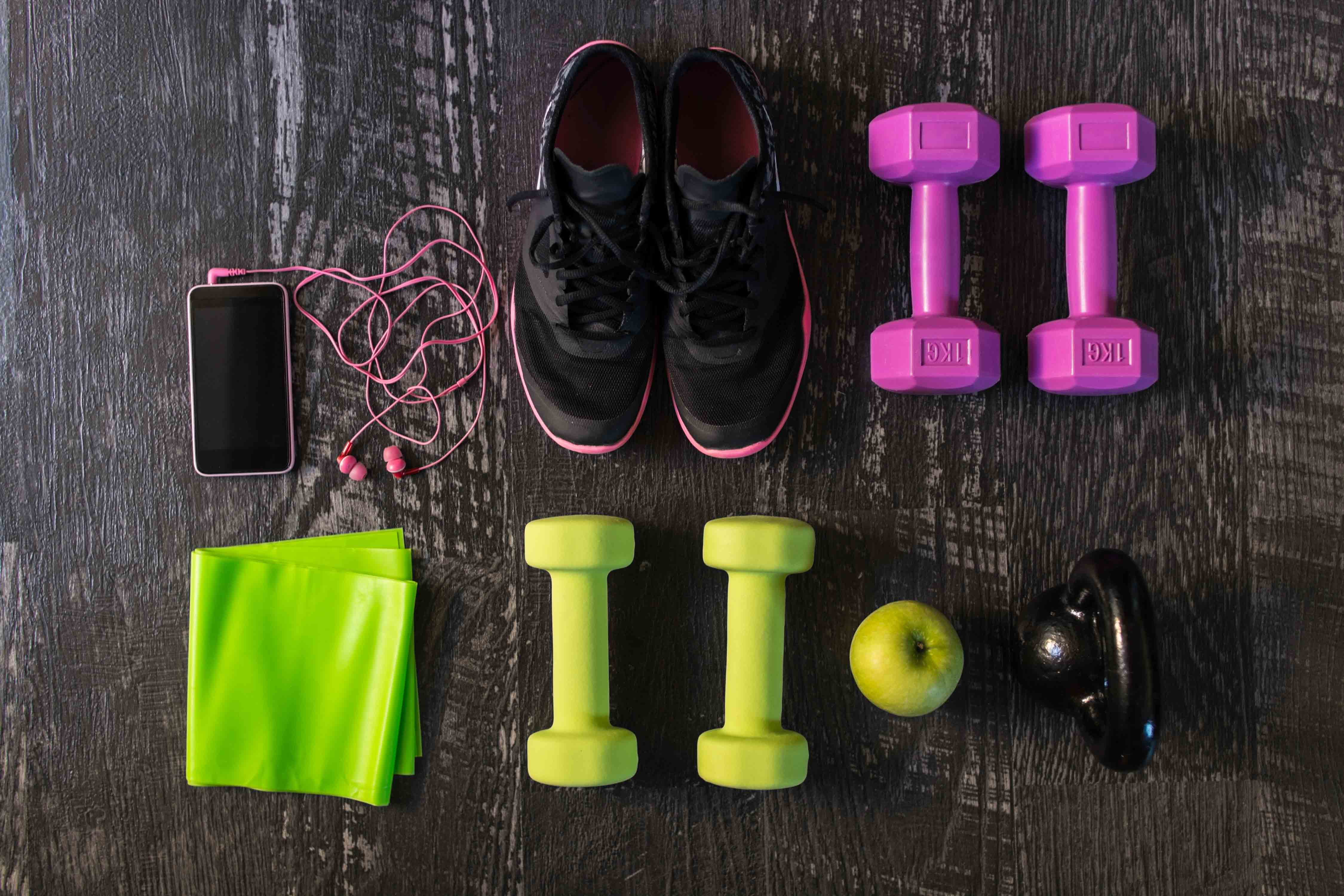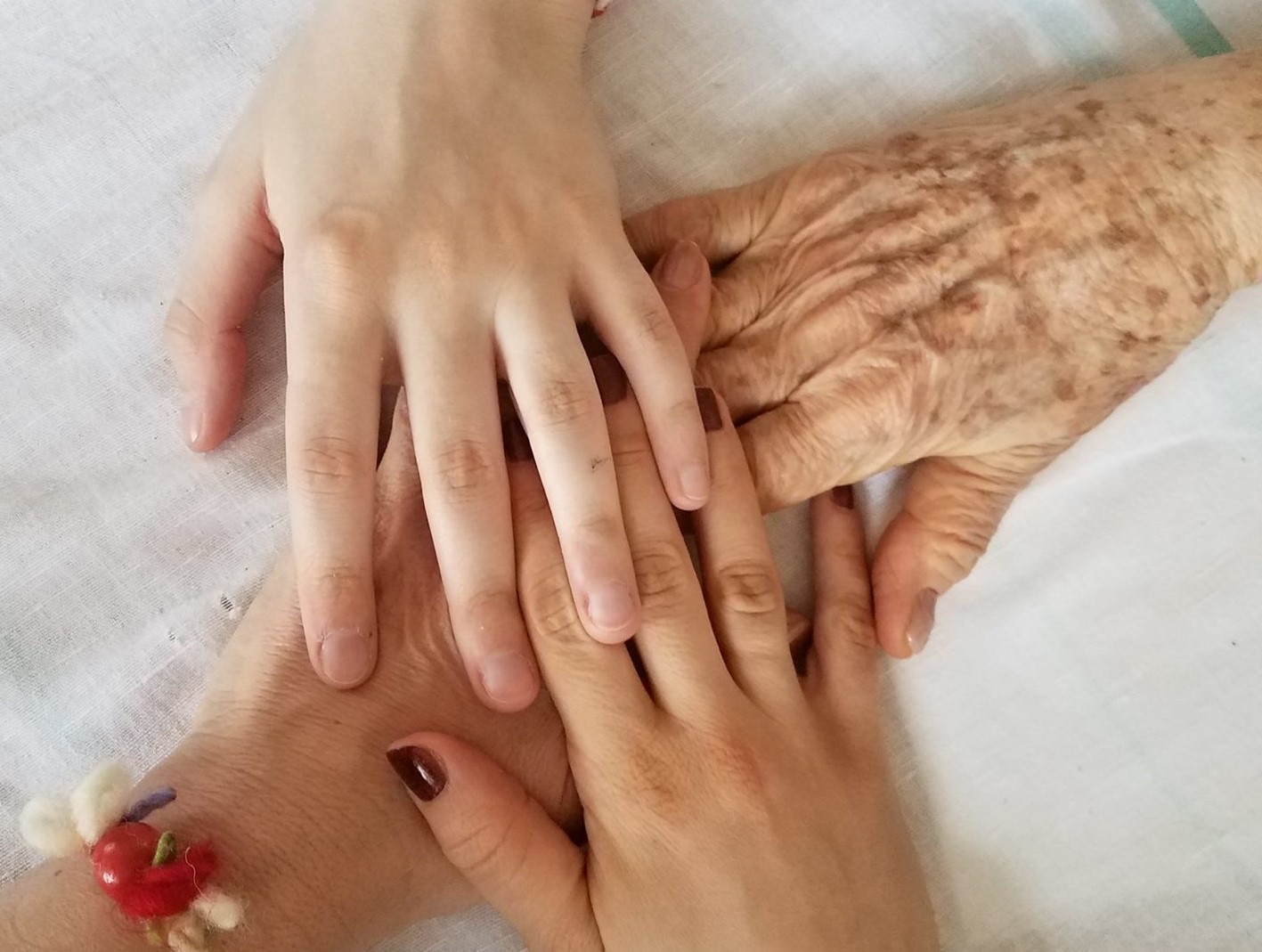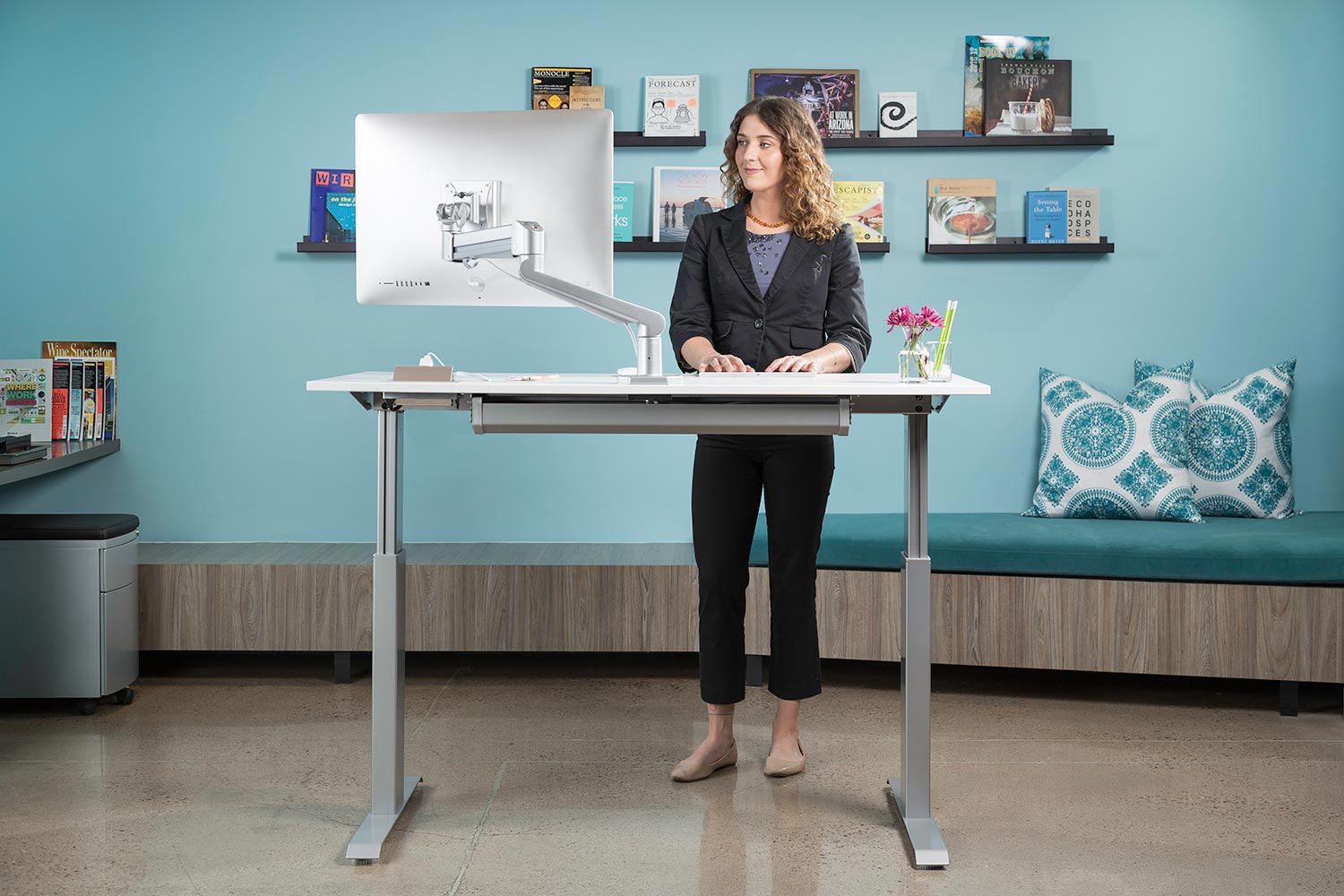자기효능감(SELF-EFFICACY) 생활습관을 변화시키는 “할 수 있다” 는 믿음
생활습관을 변화시키는 “할 수 있다” 는 믿음
Ralf Schwarzer, 베를린 자유대학, 독일 및 SWPS 사회과학 인문대학, 폴란드
행동을 변화시키는 일은 바람직한 경우가 많지만, 이를 실제 행동으로 옮기는 것은 어려울 수 있습니다. 예를 들어, 담배를 끊고, 건강하게 먹고, 신체활동을 지속하기 위해서는 동기부여, 노력 및 끈기 등이 필요합니다. 많은 심리적 요인들이 행동변화에 영향을 미치지만, 특히 “자기효능감(self-efficacy)”은 가장 중요한 요인 중 하나입니다.
자기효능감은 무엇이고, 무엇을 하나요?
외식 할 때 음주를 자제하기 힘들다는 것을 느낀 적이 있으신가요? 술을 마시지 않는 것이 옳은 일이라고 믿으면서도 통제하기가 어려울 수 있습니다. 이런 어려움은 술을 삼가하는 자기효능감이 낮다는 것을 나타냅니다. 자기효능감은 어려운 상황에서 어떤 행동에 대해 기대하는 개인적 통제의 정도입니다. 즉, 새로운 또는 까다로운 과제를 해결할 수 있는 자신의 능력에 대한 낙관적인 믿음입니다. 다가오는 임무를 능히 완수할 수 있다는 강한 믿음을 우리가 가지고 있다면 (즉, 높은 자기효능감을 가졌다면), 우리는 그 임무를 달성하려고 노력할 것입니다. 곧 있을 위협이나 도전(예를 들어, 시험)을 극복 할 수 있다고 확신하고 있다면, 이 위협을 피하기 보다는 접근할 가능성이 더 큽니다. 반대로, 자신에 대한 의심이 있다면 (즉, 자기효능감이 낮다면), 우리는 행동하기를 주저 할 것입니다. 따라서, 자기효능감은 행동변화를 유도하고 최적의 기능을 지원합니다.
건강행동 변화에 관한 연구는 우리에게 무엇을 말해 주나요?
리뷰문헌들은 높은 자기효능감이 금연, 체중 조절, 피임, 알코올 남용, 과일 및 채소 섭취, 치실 사용 및 운동 습관과 같은 여러 중요한 건강 행동의 참여를 예측한다고 보고합니다. 또한, 중재 연구들은 자기효능감의 증가가 행동의 개선(예 :식이 행동 및 신체 활동)으로 이어진다는 것을 보여줍니다. 종합해 보자면, 이는 개인이 중요한 건강행동을 취하고 바람직한 결과(예 : 체중 감량)를 달성하기 위해서는 어느 정도의 자기효능감이 필요로 한다는 것을 의미합니다.
이렇듯 자기효능감은 상당히 중요한 심리적 요인으로, 사람들의 행동변화를 유도할 때 다음의 두 가지 중요한 질문을 해야 합니다. 첫째, 어떤 사람의 자기효능감이 높은 지 혹은 낮은 지를 어떻게 알 수 있나요? 둘째, 자기효능감이 낮을 때 이를 높이기 위해 무엇을 할 수 있나요?
자기효능감의 수준을 어떻게 평가할 수 있나요?
가장 일반적인 방법은 개인에게 특정 진술을 작성하도록 요청하는 것입니다. 특정 행동에 대한 자기효능감의 평가를 위해 제안되는 규칙은 다음과 같은 진술입니다. “나는… (장벽) 하더라도/일지라도 …(수행할 행동)을 할 수 있다고 확신한다.” 자기효능감 관련진술의 예는 다음과 같습니다. “나는 내 가족이 계속 디저트를 먹어도(장벽), 나는 디저트를 먹지 않을 수 있다고(수행할 행동) 확신한다.” 다양한 건강행동에 대해 자기효능감 척도가 개발되었습니다. 다이어트, 운동, 자외선 차단제 사용, 치실 사용, 손 위생 및 음주에 대한 자기효능감을 평가할 수 있는 간단한 척도가 여기 또는 여기에 있습니다. 자기효능감을 평가할 때 기억해야 할 점은 어느 한 행동에 대한 낮은 자기효능감이 다른 행동에 대한 낮은 자기효능감을 의미하지 않는다는 것입니다. 즉, 운동에 관한 자기효능감이 낮다고 하여 손위생에 관한 자기효능감이 낮다고 할 수는 없습니다. 그러므로 자기효능감은 특정 행동(specific behavior)과 관련하여 평가되어야 합니다.
자기효능감을 어떻게 높일 수 있나요?
자기효능감을 높이기 위한 대부분의 중재는 계층 구조를 갖는 네 가지 원천과 관련이 있습니다.
첫째, 이는 이 계층 구조의 꼭대기에 해당하는데요, 자기효능감은 개인성취를 통해 향상될 수 있으며, 이를 “성공경험(mastery experiences)”이라고 합니다. 이러한 성공경험을 발전시키려면, 우선 대상자가 성공적으로 성취할 가능성이 높은 쉬운 단계들부터 수행하도록 그들을 안내하세요. 그런 후, 이 성공경험을 강화하기 위해 긍정적인 피드백을 제공하고, 조금 더 도전적인 단계들을 이어서 숙달할 수 있도록 대상자를 격려하세요. 이러한 단계적 과제는 물리 치료나 (예를 들어, 균형 및 근력운동의 점진적/단계적 진행) 공포증에 대한 인지행동 치료에 유용할 수 있습니다.
두 번째, 자기효능감의 원천은 간접 경험을 하거나 다른 사람들을 관찰하는 것입니다. 이를 “대리 경험(vicarious experience)”이라고 합니다. 사람들은 자신과 비슷한 사람들이 어려운 상황을 성공적으로 다루는 것을 목격하게 되면 사회적 비교와 그 행동의 모방을 통해 자기효능감을 강화할 수 있습니다. 당신이 금연 과정에 있는데 당신의 배우자(파트너)는 낮은 자기효능감으로 인해 금연을 못하고 있다고 상상해보세요. 이런 경우, 작은 단계들을 거치면서 파트너의 자기효능감을 높여보세요. 당신의 장애물은 무엇인지 그리고 어떤 시도들을 했는지 알려주고, 흡연 욕구 상황을 어떻게 극복했는지 보여주며, 당신의 긍정적인 신념을 표현하는 겁니다. 이와 같이 당신은 자신의 효능력을 발휘하고 금연에 대한 대처 모델로서 배우자(파트너)의 변화를 이끌어 낼 수 있습니다. 당신이 욕구에 어떻게 대처하는 지 그리고 압도적인 유혹을 느끼는 다양한 도전적인 상황을 어떻게 잘 넘기는 지 솔직하게 소통할 때 당신은 동일한 상황에 있는 누군가의 자기효능감을 높일 수 있습니다.
셋째, 위에서 설명한 원천들보다는 덜 강력하지만 자기효능감을 변화시킬 수 있는 또 다른 원천은 “언어적 설득(verbal persuasion)”입니다. 예를 들자면, 당신은 대상자에게 그들이 가진 역량으로 인해 까다롭지만 새로운 식이요법을 충실하게 지킬 수 있을 것에 대한 확신을 줄 수 있습니다. 또는 마음 먹은 일이면 무엇이든 성공적으로 이행할 수 있는 능력이 있다는 것을 그 사람에게 말할 수 있겠습니다. 이러한 유형의 설득은 당면한 과제를 성공적으로 관리하기 위한 자기효능감을 강화할 수 있습니다.
네 번째 원천인 “생리적 흥분에 대한 인식과 해석(perception and interpretation of physiological arousal)”은 건강행동 중재와 관련성이 다소 떨어집니다. 하지만 새로운 건강행동을 시작할 때 느낄 수 있는 생리적 불편함(예를 들어, 흡연 시도 중에 느끼는 욕구, 운동 후 근육통 등)에 대해 대상자를 미리 준비시키는 것은 자기효능감을 높이고, 조기 재발을 감소시키는 데 도움이 될 수 있습니다.
결론적으로 말씀 드리면, 자기효능감은 건강한 행동을 시작하고 유지하는 데 중요하고 변화 가능한 신념입니다. 자기효능감이 낮은 경우, 이를 높이기 위한 단계를 밟는 것은 사람들의 행동변화를 유도하는 데 도움이 됩니다.
실용적인 권장사항
- 자기효능감을 평가하세요. 환자 또는 대상자와 변화 가능한 건강 행동을 의논할 때, 그 가능한 변화에 대한 자기효능감을 평가하세요. 설문지를 사용하거나 구체적인 장애 상황에서 그 새로운 행동을 실행 할 수 있는 자신감에 대해 묻는 방법으로 자기효능감을 평가할 수 있습니다.
- 자기효능감을 높이기 위해 개입하세요. 환자 또는 대상자의 자기효능감이 낮은 경우, 행동 변화 중재에서 아래 자기효능감 원천 중 하나를 목표로 삼아보세요.
○ 성공경험을 격려하세요. 대상자가 새로운 행동의 작은 성공을 일찍 그리고 자주 경험할 수 있도록 대상자와 협력하여 변화를 위한 노력들을 단계적으로 설계하는 데 도움을 주세요.
○ 대리경험을 확인하세요. 맞춤형 경험담을 활용하거나 대상자가 실행하려는 새로운 행동을 성공적으로 수행한 (자신과 비슷한 사례의) 모범이 되는 사람을 알아보도록 도와주세요.
○ 설득하세요. 당신이 대상자의 능력을 믿고 있으며 대상자가 변화를 위해 필요한 것을 가지고 있다는 것을 대상자가 인식하도록 설득하세요.












